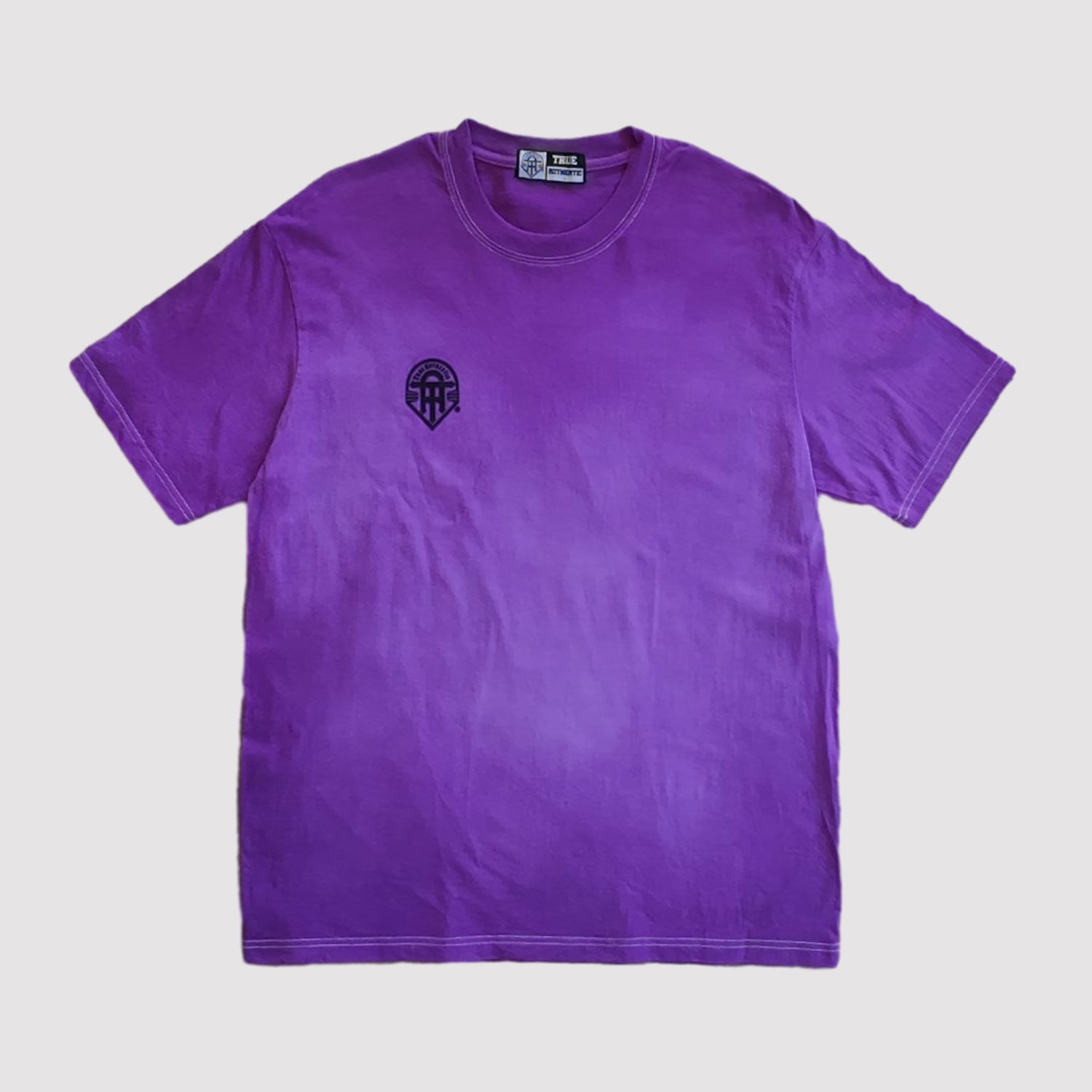
How Do You Make a Blanket Out of T-Shirts? A Complete Guide
Share
Introduction
Transforming your old T-shirts into a cozy blanket is a fun and eco-friendly way to preserve memories and create something useful. Whether you have a collection of concert tees, sports jerseys, or just old favorites, a T-shirt blanket can be a unique and personal addition to your home. In this guide, we will walk you through the process step-by-step.
Materials You’ll Need to Make a T-Shirt Blanket

Before you begin, gather the following materials:
- T-shirts (12-30, depending on the size of the blanket)
- Fabric scissors
- Rotary cutter and mat (optional but helpful)
- Sewing machine and thread
- Iron and ironing board
- Fabric for backing (fleece or cotton work well)
- Pins or clips
- Ruler or measuring tape
Tips on Selecting the Right T-Shirts: Choose T-shirts that have similar fabric weights to ensure even sewing and durability. Wash and dry all T-shirts beforehand to prevent shrinking after the blanket is assembled.
Step-by-Step Guide to Making Your T-Shirt Blanket
Step 1: Preparing Your T-Shirts
First, lay out your T-shirts and decide which part of the design you want to feature. Using a ruler and fabric scissors, cut out squares from each T-shirt. Standard sizes range from 12x12 inches to 15x15 inches, but you can adjust based on your preference.
Pro Tip: Use a rotary cutter and mat for more precise and quicker cuts. Ensure all squares are the same size to make sewing easier.
Related Article: How to Cut a T-Shirt Off the Shoulder – Read it.
Step 2: Arranging the Squares
Once all your squares are cut, lay them out on a large surface like a floor or table. Arrange them in a pattern that is visually appealing. You might want to balance colors, logos, and designs so that the blanket has a cohesive look.
Step 3: Sewing the Squares Together
Now it’s time to sew. Pin the squares together in rows, right sides facing each other. Sew each row with a 1/4-inch seam allowance. Once all rows are sewn, press the seams open with an iron. Next, sew the rows together, again using a 1/4-inch seam allowance, and press the seams.
Related Article: How to Sew a T-Shirt Dress: A Beginner’s Guide – Here.
Step 4: Adding the Backing
Choose a fabric for the backing that complements your T-shirt squares. Fleece or cotton are great choices for their softness and warmth. Cut the backing fabric to the size of your T-shirt front. Place the T-shirt side and backing fabric right sides together, pin around the edges, and sew, leaving a small opening to turn the blanket right side out. Once turned, sew the opening closed.
Step 5: Finishing Touches
To finish, you can add a border or binding around the edge for a polished look. You can also topstitch around the squares to secure them in place. Give the blanket a final press with the iron to smooth out any wrinkles.
Tips for Maintaining Your T-Shirt Blanket
To keep your T-shirt blanket looking fresh and lasting long, follow these care tips:
- Wash on a gentle cycle with cold water
- Use mild detergent
- Avoid bleach
- Tumble dry on low heat or air-dry
Related Article: How to Wash Graphic T-Shirts: Expert Care Tips – more...
Creative Ideas for Your T-Shirt Blanket
Make your T-shirt blanket even more special with these creative ideas:
- Themed Blankets: Create themes like sports, concerts, or vacations.
- Personal Touches: Add embroidery, patches, or appliques to enhance the design.
- Mixed Fabrics: Combine different types of T-shirt materials for a unique texture.
Frequently Asked Questions (FAQs)
What size should the T-shirt squares be?
- Typically, 12x12 inches to 15x15 inches work well, but you can adjust based on your preference.
How do you keep the blanket from stretching?
- Using interfacing on the back of T-shirt squares can help prevent stretching and add stability.
Can you use different fabrics for the backing?
- Yes, fleece and cotton are popular choices due to their softness and ease of sewing.
Conclusion
Making a blanket out of T-shirts is a rewarding project that breathes new life into old garments. By following these steps, you can create a cozy, personalized blanket that tells a story. Ready to start your project? Visit our shop page for all the supplies you need and check out our home page for more DIY ideas.

